
The Minor Prophets--though in many places hard to understand--provide us with some of the richest glimpses of the Gospel in the Old Testament.
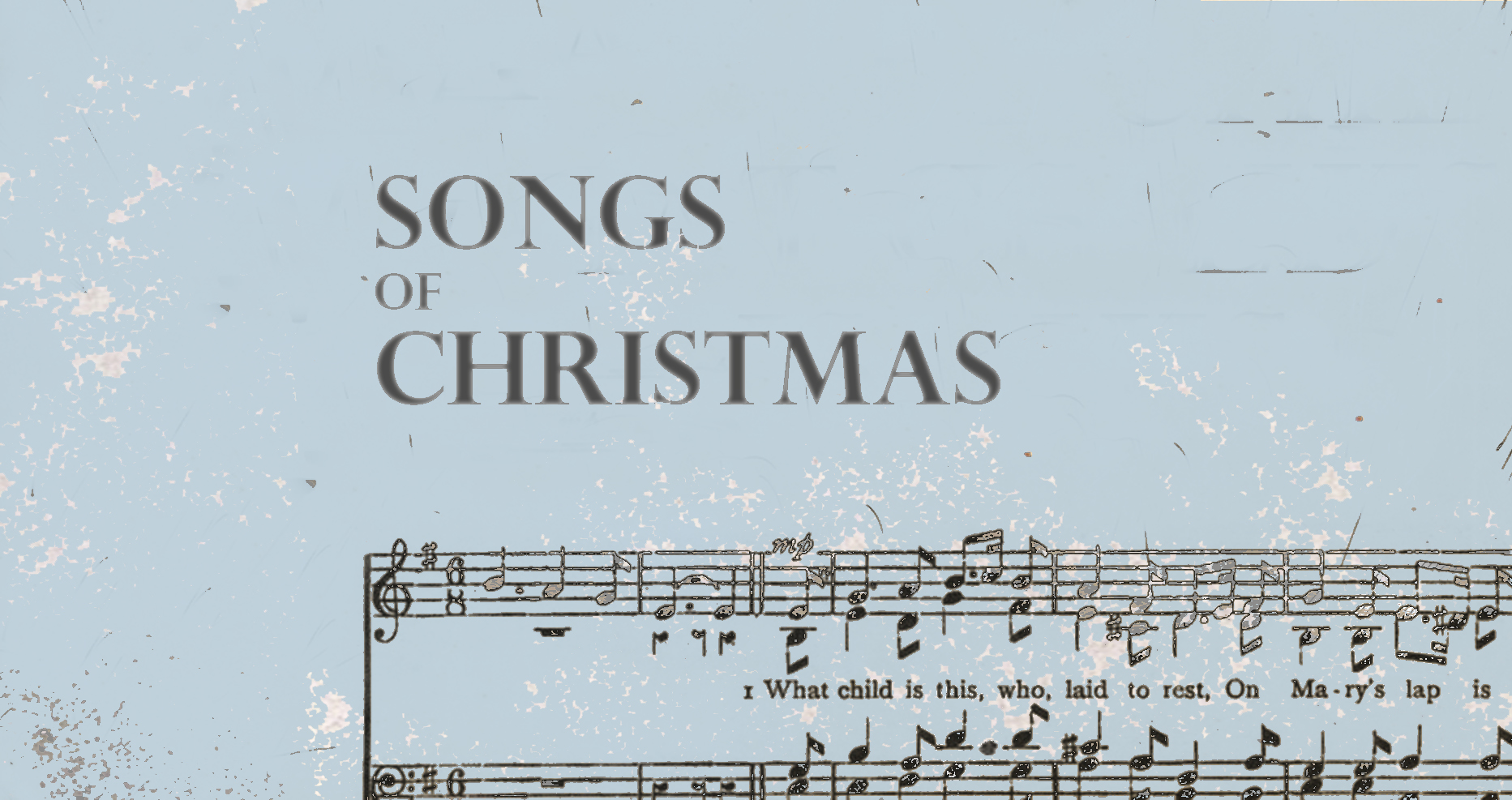
It is important to remember that some of the best Christmas carols not only speak of Jesus as the child in the manger, but also the gospel reason for why the Christ had to come—the presence of sin that cannot be satisfied but through the peace that comes from the blood of the cross. Jesus did not come to be a sweet child but as the Word made flesh, the bruised and broken sacrifice, the conqueror of death by death, and the ascended Lord at the right hand of the Father.

When church staff are being properly shepherded and led, when they know the expectations that the leaders have of them, when they have a clear sense of their purpose and significance within the greater body of the church, when they are appreciated and given adequate feedback, and when they are being equipped to carry out their tasks with greater competency and faith, leading and managing staff can be one of the most exciting aspects of pastoral ministry.
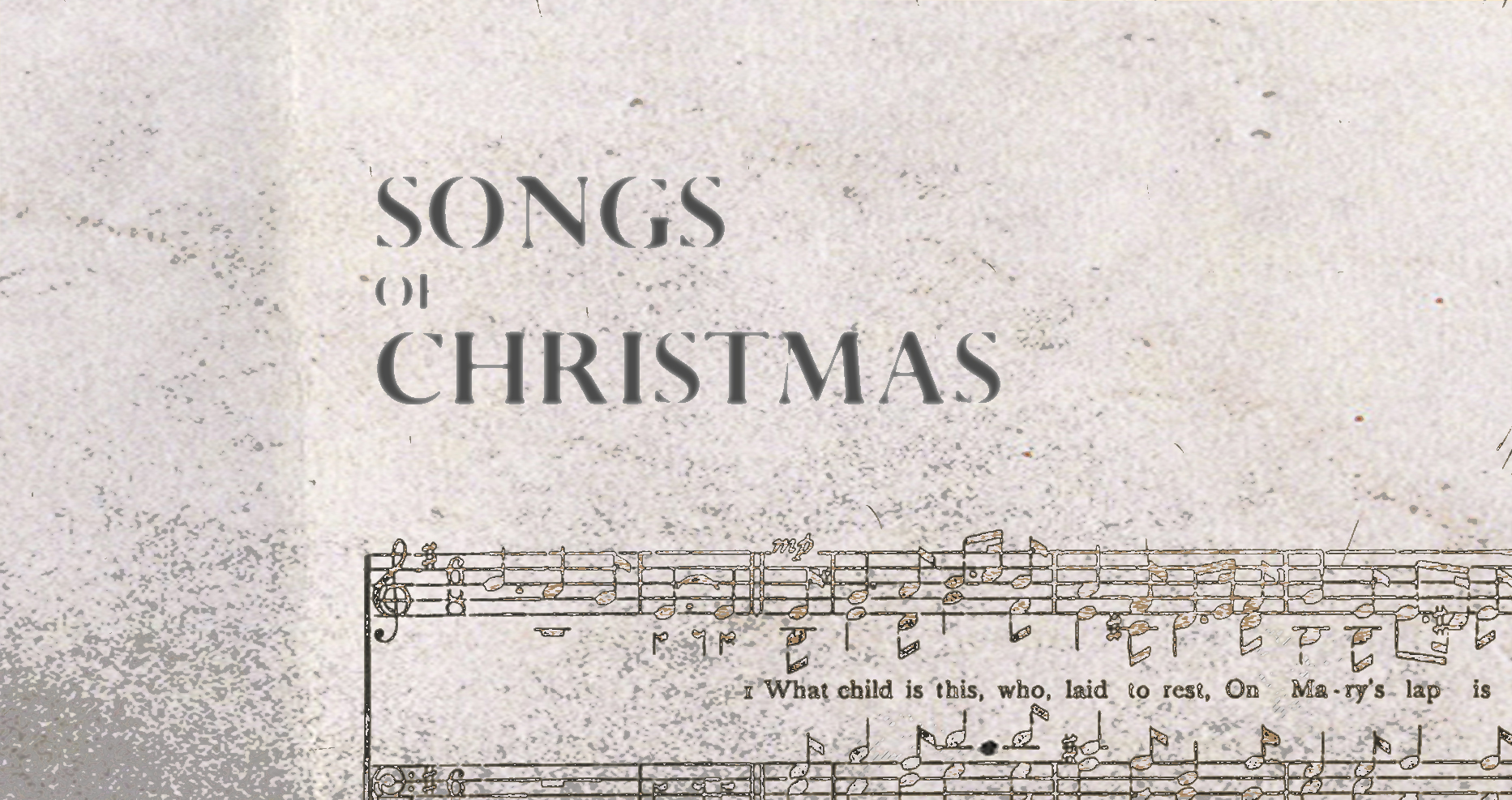
When artists record popular versions of carols or when publishers add Christmas sons to hymnals and songbooks, too often they excise the core gospel message in exchange for sentimentalism. As the radio plays Christmas music 24 hours a day, it is not unusual for us to hear altered lyrics or simply the first verse of a carol repeated two or three times instead of the original verses.

A spiritual aesthetic must be fundamentally theological. This is true not only in the broad sense of the term, where theology means the whole discipline of study concerning religious truth, but particularly in the narrow sense of the term: theology proper, the study of God. God is the supremely beautiful and the fountainhead of all beauty, so Spiritual aesthetics begins with Him.



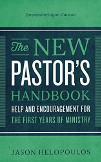

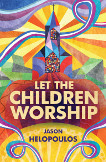
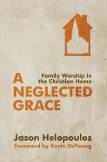













 © Alliance of Confessing Evangelicals
© Alliance of Confessing Evangelicals


